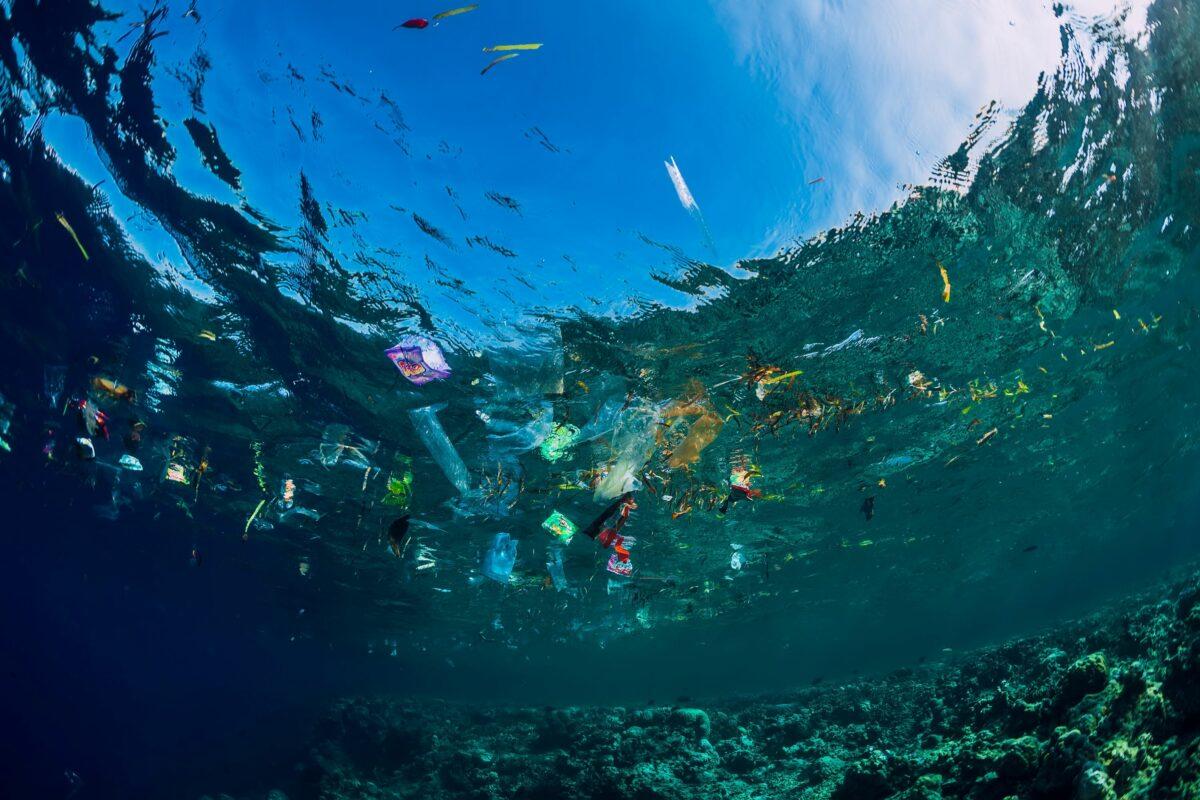Did you know that not only are we surrounded by plastic, but we inhale, eat, and drink it as tiny particles? Microplastics are so small you can’t see them with the naked eye. But how dangerous are they for humans and animals? And most importantly, what can we do to stop the steady increase? Here is a brief overview of this growing problem. IMAGE: ©artifirsov | Stock.Adobe.com
What are microplastics?
The United Nations and the European Chemicals Agency define microplastics as solid plastic particles of five millimeters or less in size, consisting of polymers and functional additives. They are mainly generated by the abrasion of larger plastic objects, such as tires. But are also intentionally produced, for example, as ingredients in cosmetics. The problem is that once these particles enter the natural cycle, they do not degrade and remain in the environment forever, dispersed by wind and water – microplastics have even been found in the Arctic! And with around 44 tons released into the environment every year, according to the European Chemicals Agency, you can imagine how quickly this has become a problem.
Environmental Impact
The most reliable evidence to date concerns the effects on wildlife, particularly marine life. According to a literature review (a comparison of many papers/studies on a common topic), microplastics can cause structural damage to the intestines, liver, gills and brain of fish, for example, and affect their metabolism, behavior and fertility. But other marine animals such as turtles, birds and corals are also negatively affected. In seabirds, for example, a high concentration of microplastics can impair the digestive tract and lead to starvation, according to another study. In terrestrial animals, such as mice, studies have also shown that high levels of microplastics can cause biochemical and structural damage.
But what about humans? Unfortunately, there are still no conclusive studies on possible long-term side effects. The only thing we know for sure is that we ingest microplastics, for example through our food, and that they are detectable in our bodies. But we do not know what they are doing to us. One thing is clear, though: It is not healthy.
What you can do to help
- Dispose of plastic properly: Whether they are deposit or plastic containers, always dispose of them properly to keep them out of the natural cycle.
- Avoid plastic: Avoid plastic as much as possible, because sooner or later it will become micro plastic. Plastic is harmful to the environment and problematic. Here are some tips from us on how to go plastic-free in the kitchen.
- Clean-up operations: Each of us can also reduce our environmental impact by cleaning up. This will prevent microplastics from coming off larger plastic items and entering the environment.
- Use a glass or stainless steel kettle: A study has shown that microplastics dissolve when exposed to heat. In plastic kettles, millions of microplastic particles end up in the tea water!
- Use wash bags against microplastics: The washing machine is also a source of microplastics entering the water cycle. To avoid this, you can wash clothes made of synthetic fibers, such as polyester fleece, in a wash bag.
- Buy cosmetics/personal care products without microplastics.
Finally, we hope that we have brought you a little closer to the topic and maybe even motivated you to rethink your own behavior. Every little bit helps!




